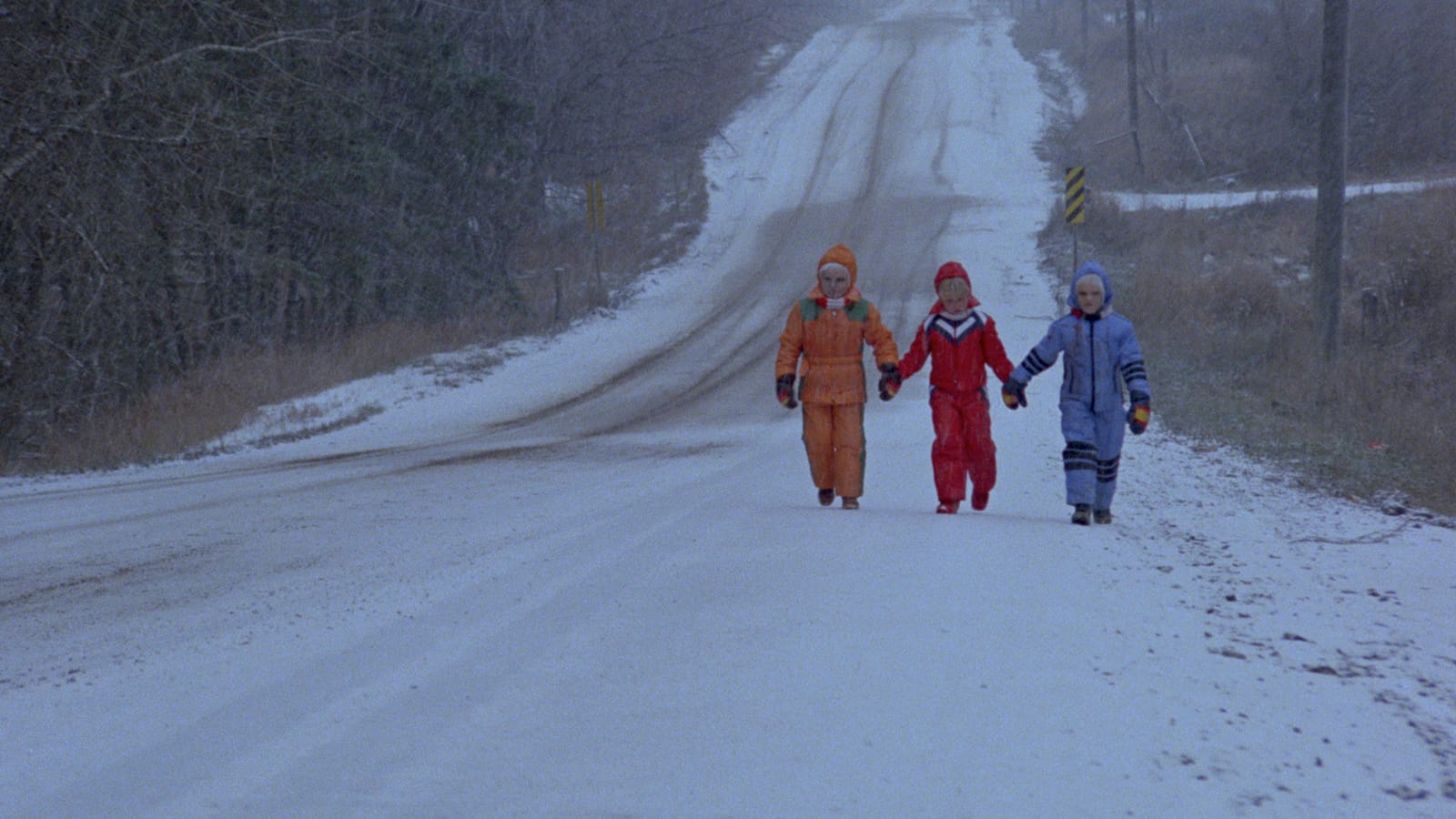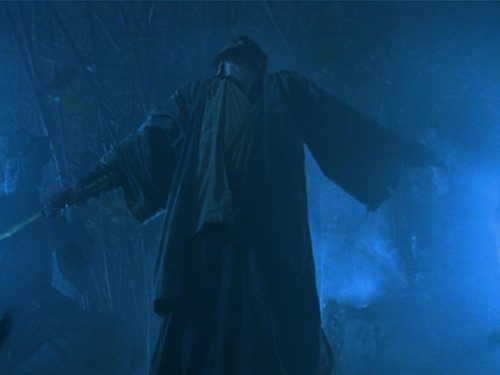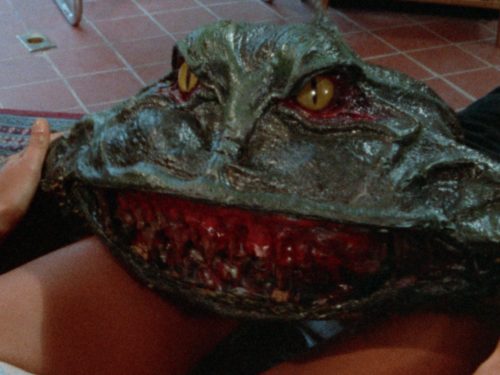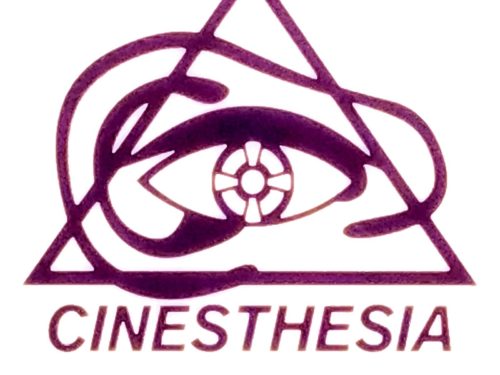David Cronenberg’s 1979 thriller centers on an experimental therapist, murderous minions and a struggling father
Of his many sublime qualities as an auteur, one that sets David Cronenberg apart from his peers in the horror genre is his feeling for contamination as a multifarious and malleable experience. In some films, like Videodrome (1983) or The Fly (1986), contamination takes the form of body horror. In others, it can be a more subtle experience, as when the happy life of an ex-hitman dissolves when he is confronted by his past in A History of Violence (2005). These two tendencies come together exceptionally in The Brood (1979). Contamination here manifests on a psychological and formal level through a series of violations, acts of violence or shock that take on lives of their own through “contaminating” various characters and even how we experience what we are watching.
The Brood is a study of a family in crisis. More accurately, it is the study of crises that weigh down a family through the generations. Frank (Art Hindle) and Nola Carveth (Samantha Eggar) are in the midst of a divorce, and their young daughter Candy (Cindy Hinds) is caught in the middle. Nola has come into the care of psychotherapist Dr. Hal Raglan (Oliver Reed), who keeps her stowed away in his facility for treatment. It is hinted that Nola’s therapy and visiting restrictions with her daughter began after she physically abused Candy.

The film follows Frank as he tries to navigate — not very successfully — life as a single father. He does his best getting Candy to school and turning her over to her grandparents when he needs to, but in the midst of this, strange things start to happen. For one, Raglan’s former patients begin to come forward, disclosing repulsive growths on their bodies that they attribute to the doctor’s experimental “psychoplasmic” therapy. Frank is alarmed by this, and for Nola’s sake he begins to investigate. As this is happening, child-sized and human-like creatures that resemble Candy begin to murder people connected to the Carveth family — among them, Candy’s grandmother (Nola’s mother) and her teacher, who seems to have taken a liking to Frank. Eventually, Cronenberg returns us to Raglan’s facility, where we learn that Nola is the mother of these creatures — she physically gives birth to them in the most inhuman of ways, but they are also presented as products of her unconscious and malicious desires.
Cronenberg opens the film by highlighting the contaminative character of various forms of violation. In the first scene, Raglan is sitting with one of his patients, Mike (Gary McKeehan), in the middle of a dark, silent and seemingly empty room. For a few brief moments, Cronenberg cuts only between Raglan and Mike as they discuss the latter’s issues with his father. Crucially, we have no context to know that this is a session between a doctor and patient — it is entirely plausible that this could be a father and son. But, in the midst of their back-and-forth, Cronenberg cuts to a shot from the perspective of an audience cloaked in shadows, watching these two men sitting on a stage. Even at this point, we still have no reason to believe this is a form of therapy, though we are less inclined to believe this is an actual father and son. These men seem like they could be actors in the middle of a tense performance, but once the truth of what we are looking at becomes clear, the story takes off.

In his mysterious and slow reveal, Cronenberg masterfully puts a couple of key issues on the table. One is the presentation of Raglan as a dubious figure who presides over a world of secrets and half-truths. The other is the idea of a violation that doesn’t just happen, but has its own kind of autonomy, its own existence. To begin, we see the difficulty Mike has in working through his issues — this comes to a disturbing head when he reveals that his body is covered in lesions, the implication being that his psychological suffering has manifest itself physically — one violation becomes another. And when Mike returns later claiming Raglan’s responsibility for his severely worsening lesions, it becomes clear that the doctor not only plays the part of the patient’s father in the session/performance, but he also more directly occupies this role by violating his patient’s trust and wellbeing.
Violation also comes into play at the formal level, specifically in the way that this opening seems to quickly alter our perception of their relationship from a real father/son scenario, to a performed one, then to the discussion of one within a therapeutic context. It seems that Cronenberg is hinting at how the lines separating these roles are not clearly defined. Indeed, each time our perception of what we are watching is violated, our understanding is also recontextualized. At the same time, what we thought we were watching does not fall away. As such, these suggestions about the nature of Raglan and Mike’s relationship all color one another and take on a life of their own — once we’ve been invited to think of these men in these ways, it’s hard to accept that we’re only supposed to see them as doctor and patient. And then the work begins of how these characters take on new life themselves when we interpret them as performing their relationship to some degree, or conversely, how we view them as seeing one another as a substitute father and son.
Cronenberg presents the dissolution of the family as the greatest violation in the film. We learn that the reason Nola and Frank’s marriage has collapsed can be traced back to her childhood, when Nola bore the physical and psychological brunt of her parents’ alcoholism and dying marriage. Thus, the brood of nightmare children serves as the most literal example of how violations — both the family life Nola saw ruined by her parents and how she and Frank reproduced that for Candy — become things that enter into and contaminate the world in unexpected and disastrous ways. Hence, Cronenberg ends the film on a nightmarish note: As Frank and Candy drive away from all the horrors they have seen — including Nola’s and Raglan’s deaths — Cronenberg focuses his camera on Candy. In one close-up, we see this girl’s arm with a few translucent nodules on her skin; in the final shot, Cronenberg uses a close-up of Candy’s eyes, with a tear rolling down her face. In this moment, it is never clearer that Candy has been silent throughout the film. Cronenberg suggests that this child is entirely doomed to live in a world of the trauma she has suffered and has no way to name or rid herself of it through therapy. She will live on not as a child, but an eternal witness to the violations of her childhood — in a way, they will live even more than she will.
Find the complete October Horror Archive here:
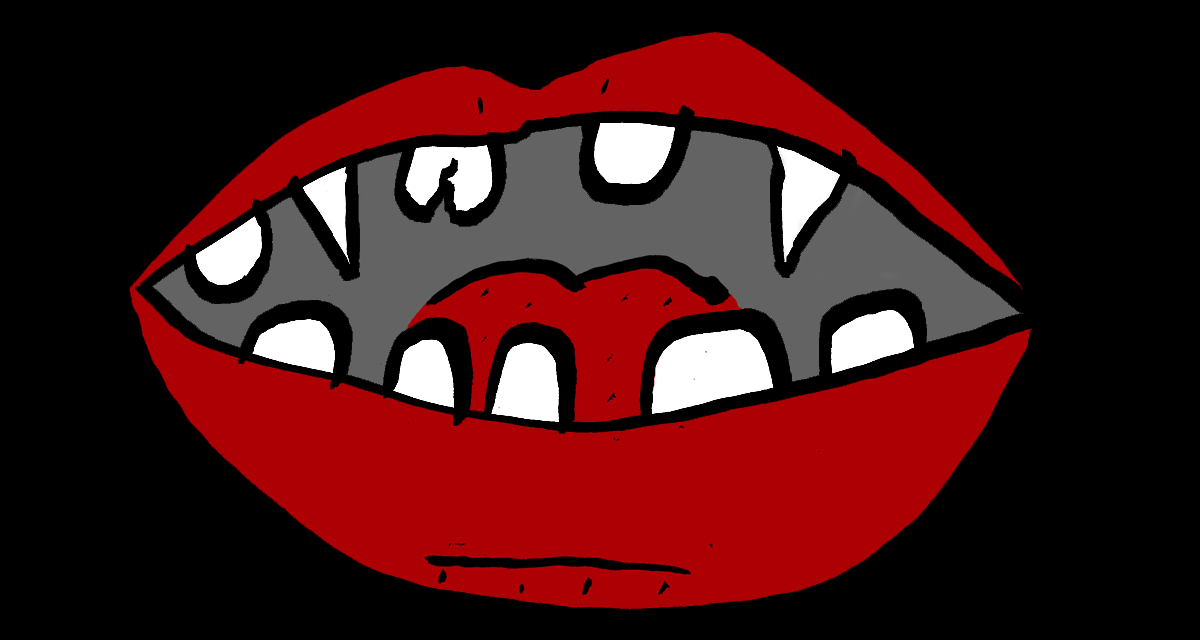
Follow our list of the 31 Days of October Horror on Letterboxd
(Split Tooth may earn a commission from purchases made through affiliate links on our site.)

